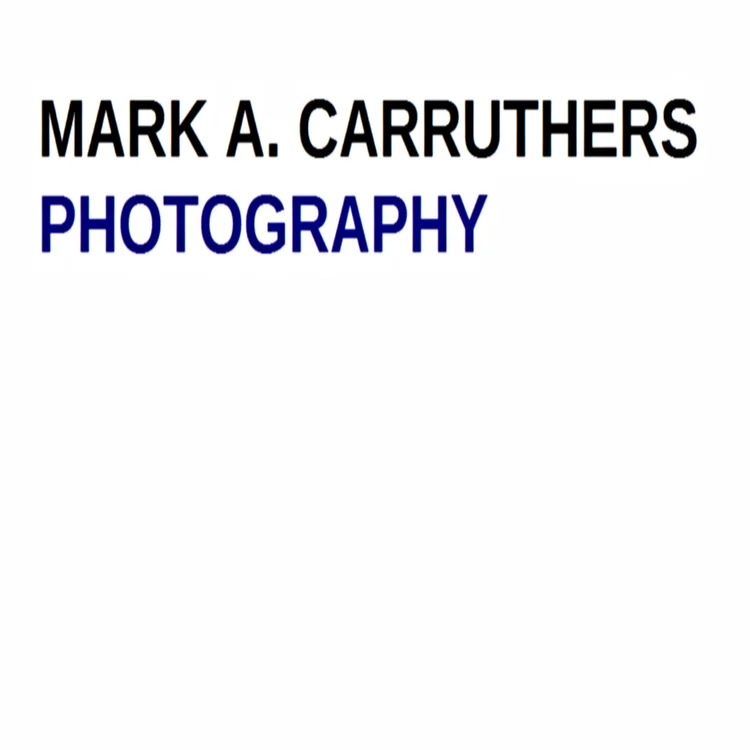“Oh the weather outside is frightening…” but, it doesn’t have to be when it comes to winter photography. A little planning and some common sense can go a long way this time of year. A little guidance can turn a cold weather endeavor into a most enjoyable adventure.
Let’s start with the basics.
Clothing: Keep your core, feet & head protected. I realize most people are simply shooting winter landscapes in their backyard or local park. Should you travel, ski or hike to your destination, your body temperature starts with your core. Multi layers is best and affords the opportunity of adjusting as temperatures rise. Note to self: Weather changes quite a bit in the mountains! Don’t underdress… you can always lose a layer if need be.
If you’re going to be doing any type of outdoor activity, a base layer of polypropylene or any type of moisture wicking clothing is a must. The old expression, “Cotton kills” is trite to a certain extend, but does have merit. Getting the moisture off your body is key to staying warm & comfortable.
A good pair of waterproof or water resistant boots can never be understated. I don’t know about you, but if my feet get wet… I’m done. I can no longer concentrate on the task at hand. Because feet perspire more than you realize, a good synthetic sock consisting of wool, isowool, fleece, shearling, etc. is required for warm, dry feet. Some people still like the multi-sock approach. I’ve personally never found much use in this strategy as more isn’t better, but rather “Better is better.” Use technology to your advantage.
As for your head… keep it simple. I don’t have as much hair as I use to, so I find a nice wool blend is best. Hats come in different sizes, blends and so forth, so it’s a personal choice. I’ve had some comfortable hats over the years that were great until a windy day came along and I quickly realized a thicker hat was needed. Trial & error… and perhaps more than one hat for different types of weather may be the best approach.
A few extra items to consider: Don’t forget your suntan lotion, sunglasses and perhaps a few hand warmers. Snow is similar to water and reflects more light than you might realize. Protect your skin & eyes on sunny days. Also, I’ve never found the perfect glove for shooting in winter. Heavy gloves, light gloves, fingerless models… they all have pros & cons. I usually take my gloves off for bursts of time as I like to feel the camera & control the dials on the camera(s). Once I snap a few frames, they go back on. On bitterly cold days, a couple of hand warmers come in handy.
Camera: Depending on the severity of the weather, cameras do get finicky in cold temperatures. Fortunately, the digital age has eliminated the concern of yesteryear when film would sometimes rip when advanced. For anyone old enough to remember these fond memories, God bless you. It’s nice to now have digital technology for cold weather photography. One thing everyone should be conscious of is mirror and lens fogging. It doesn’t happen often, but too extreme a temperature change can be problematic. Try to let your camera gear acclimate to the temperature change. A lens cloth will also help remove moisture from the exterior of your lens.
Keeping an extra battery close to your body (i.e. inside pocket) is also advisable. Batteries are much improved these days, but still subject to cold weather fatigue. If it hasn’t happened to you yet, they will fail at the worst possible moment.
As for type of camera(s)… that’s up to you. I remember ski photographers in Lake Tahoe back in the ‘80’s who carried a full backpack with them on powder days. I’d venture to say, they had 20-25lbs consisting of two bodies and multiple lenses. Some people may still follow this mantra today as they want various tools at their disposal. I don’t tend to fall into this camp. I’m more of the “Match the tool with the job” kind of photographer. If I’m doing something local and my car is near by, I’ll carry my tripod, full camera bag and lenses. If I’m skiing and/or hiking, I cut down the size and weight for simplicity. I should also add… I’m no longer 25 years old, so less weight = less work = more energy!
What’s in my bag you might ask? These days I find myself shooting with a Canon 5D IV, Canon 7D Mark II, Sony RX100 IV and my iPhone 7s (yes, yes… time to upgrade!). I tend to use what strikes my fancy given the situation, but will admit to thoroughly enjoying the smaller Sony model. It’s not perfect for every situation, but has plenty of muscle for skiing or action/adventure activities.
There you have it… no excuses for not shooting winter activities. It’s a beautiful time of year and the pictures you capture will be well worth your time & effort.
Mountain Creek, NJ






